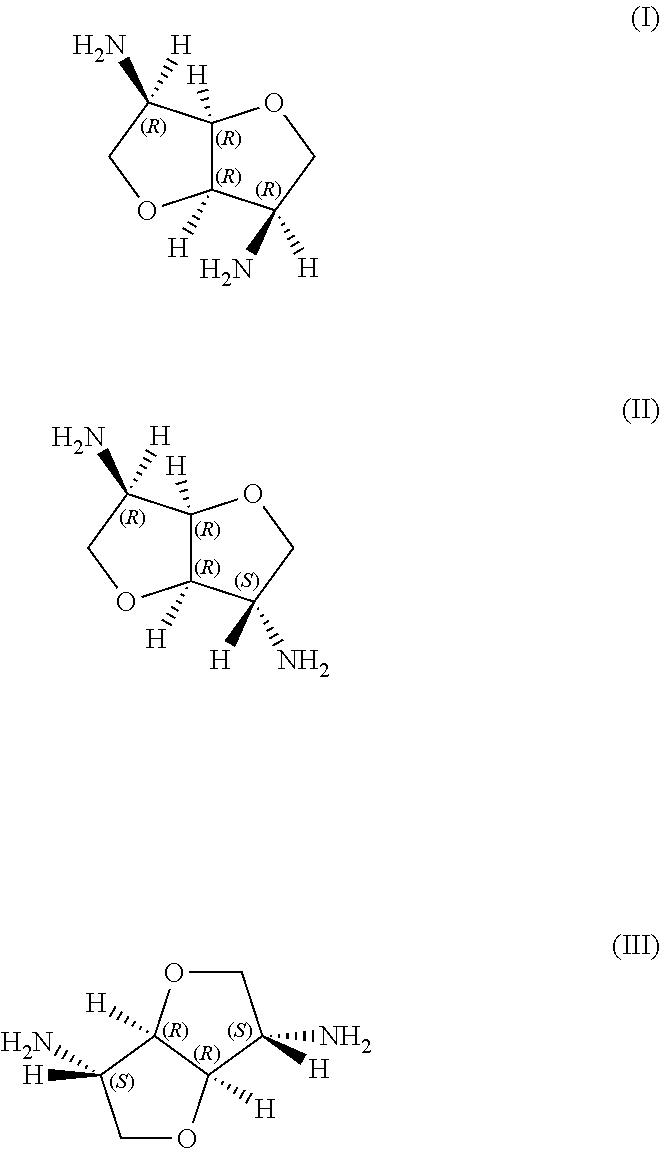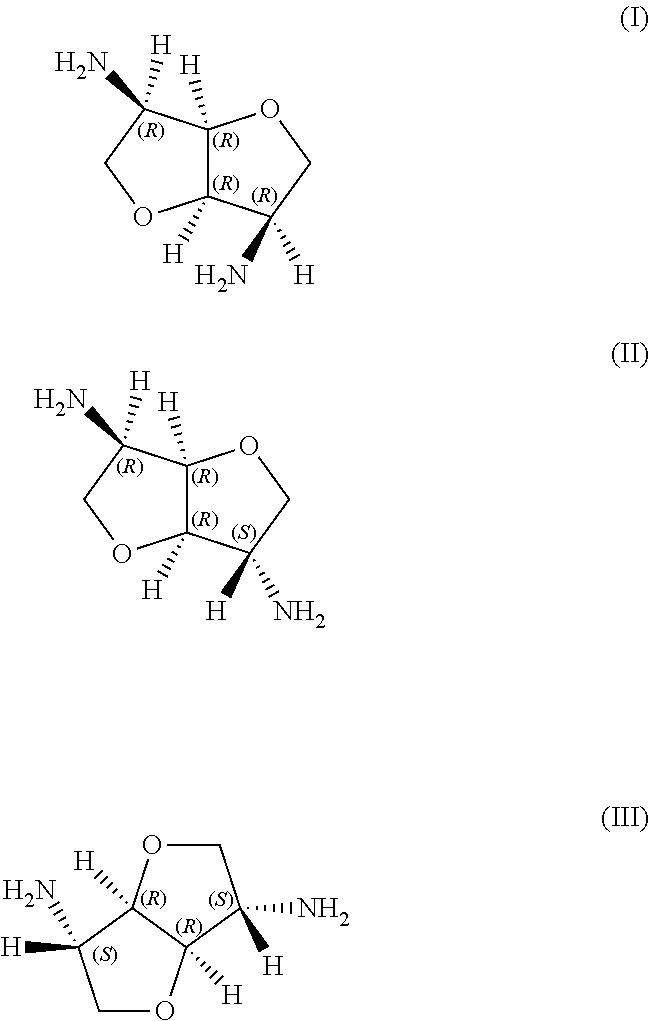Curable composition based on epoxy resins and hetero-poly-cyclic polyamines
a polyamine and polyamine technology, applied in the field of cureable compositions, can solve the problems of reducing processing time and potlife values, excessive reactivity, and too quick hardening
- Summary
- Abstract
- Description
- Claims
- Application Information
AI Technical Summary
Benefits of technology
Problems solved by technology
Method used
Image
Examples
example 1
Results in Systems for Civil Engineering
[0048]Curable composition 1 of the invention (cC1) and comparative composition 1 not of the invention (compC1) were produced and various properties thereof were studied after the hardening process mentioned below.
[0049]The hardener components here were produced by first mixing amine and benzyl alcohol at room temperature (from 20 to 25° C.), and the epoxy resin was then added in portions. Viscosity was measured to DIN 53019.
[0050]Peak temperature was determined isothermally on a 200 g specimen by means of a temperature sensor.
[0051]Gel time was determined on the same 200 g specimen, by determining flowability.
[0052]Glass transition temperature (Tg) was determined by differential scanning calorimetry, and Shore hardness was determined to DIN 53505.
[0053]The table below shows the results of the measurements.
compC1cC1Hardener componentIsophoronediamine100 g—DAS—100 gBenzyl alcohol88 g88 gEPON Resin 82820 g20 gResin componentEPON Resin 828421 g502...
example 2
Results in Systems for Composite Applications
[0055]Curable composition 2 of the invention (cC2) and comparative composition 2 not of the invention (compC2) were produced as described above and various properties thereof were studied after the hardening process mentioned below, where appropriate as described in example 1.
[0056]Heat resistance was measured by a method based on DIN EN ISO 75.
[0057]Conversion was measured by means of differential scanning calorimetry.
[0058]The table below shows the results of the measurements.
compC2cC2Hardener componentIsophoronediamine30 g—DAS—30 gPolyetheramine70 g70 gD 230Resin componentEPON Resin 828309 g330 g1,6-Hexanediol34g37gdiglycidyl etherPropertiesInitial viscosity600 mPa*s680 mPa*sViscosity doubled after125 min195 minProperties after curing,24 hours at 23° C. + 16 hours at 50° C.Tg66° C. 71° C.Heat resistance70° C. 79° C. Conversion (DSC) 93% 91%Tests to DIN EN ISO 527-2 (specimen 1B)Tensile strength69 MPa88 MPaTensile strain at break5.8%5.2...
PUM
| Property | Measurement | Unit |
|---|---|---|
| Temperature | aaaaa | aaaaa |
| Temperature | aaaaa | aaaaa |
| Percent by mass | aaaaa | aaaaa |
Abstract
Description
Claims
Application Information
 Login to View More
Login to View More - R&D
- Intellectual Property
- Life Sciences
- Materials
- Tech Scout
- Unparalleled Data Quality
- Higher Quality Content
- 60% Fewer Hallucinations
Browse by: Latest US Patents, China's latest patents, Technical Efficacy Thesaurus, Application Domain, Technology Topic, Popular Technical Reports.
© 2025 PatSnap. All rights reserved.Legal|Privacy policy|Modern Slavery Act Transparency Statement|Sitemap|About US| Contact US: help@patsnap.com


